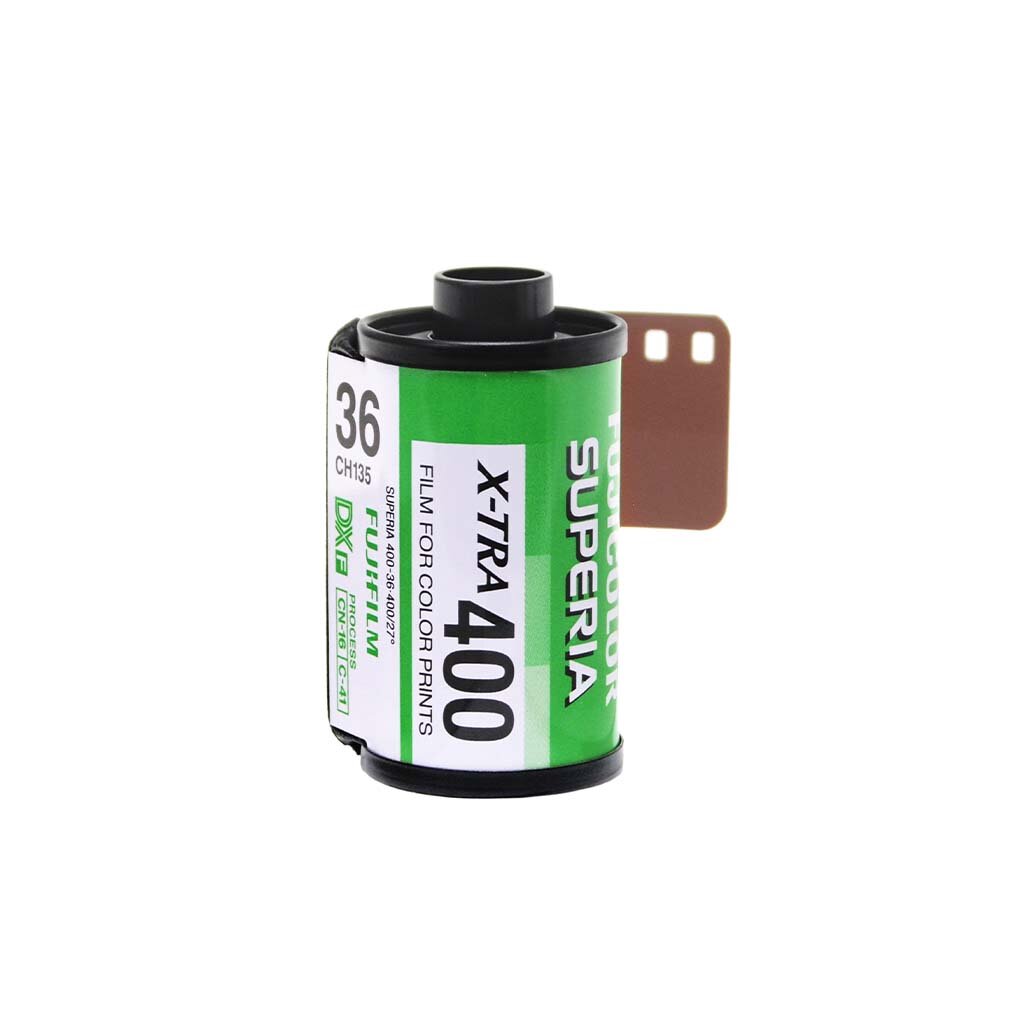Everything You Need to Know About Agfa Vista 400
I have a very short list of favorite 35mm films and, unfortunately, that list is getting shorter every year as companies continue to wind-down production, regardless of any film photography renaissance that may or may not be happening. On that very short list of films was Agfa Vista 400.
Before you get too far into this article, you should know that Agfa Vista 400 was actually just Fujifilm Superia 400 in a prettier box; so they say. And though it might be a bit late to write a review of Agfa Vista 400 (technically Superia 400), I do think it’s important to have as many examples of the great things it can do as possible up on the internet from the rebranded rolls, for posterity of course.
Who was Agfa Vista 400 for?
This film was a direct competitor of Kodak Ultramax 400 and the real Fujifilm Superia X-tra 400 (both of which are still available, for now), and could often be found at a cheaper price point, for some reason. Vista 400 was targeted towards consumers rather than professionals. However, that did not make it a lesser film. Afterall, amateurs and professionals alike know that great work can be done with any film and Agfa Vista 400 was really the perfect multipurpose film.
As you can tell by the 400 in its name, it was a high-speed film that was available in 35mm format. It was daylight balanced, meaning it worked best in the sun and outside of tungsten lighting unless you had an appropriate filter on your lens (typically the 80A filter). Shooting Agfa Vista 400 in fluorescent light did not require a filter, though you would often find a green cast that could be removed in the editing process.
Vista 400 also showcased a “New Super Uniform Fine Grain Technology” which was mostly marketing speak for: high sharpness, fine grain, and high image quality when printed on traditional papers.
Agfa Vista 400 had a wide exposure latitude that we would expect from color-negative film and took kindly to overexposure. It allegedly held up well past expiration, so if you have a roll that’s sitting around, you can likely get away with shooting it at box speed (400 iso) without a noticeable impact on image quality if it has been less than 10 years. Anything longer will require you to overexpose by a stop (tell the camera that it’s ISO 200 film and meter accordingly).
Shooting Agfa Vista 400
The film was available in three varieties, with 12, 24, and 36 exposures. Agfa Vista 400 did as well on a bright sunny day as it did on a cloudy one. Most of the photos you see in this post were shot in Toronto and New York in both lighting conditions. All were shot at box speed.
Notice the latitude that I mentioned above; Vista 400 kept details in the highlights and in the shadows, even when shot at ISO 400. You would be able to overexpose it by one stop if you wanted to bring out more of the shadows and it would still retain highlight details.
You can download the data sheet for Agfa Vista 400 as it contains a great exposure guide for the film, which I will reproduce below to save you a click.
Agfa’s data sheet recommends color balancing the film if it is shot under early morning, evening twilight, or low color temperature conditions. As mentioned above, an 80A filter will help keep things accurate when shooting under 3200k tungsten lights such as in studio, while no filter is needed for fluorescent lights, though some color correction might help. Even New York City’s train platforms, with their mixed lighting, are no match for Vista 400. Take a look at the photo below, which was shot handheld on a train platform. You can see a slightly green color cast, likely the combination of the fluorescents and light bouncing off the green paint of the steel beams.
In terms of exposure compensation (or reciprocity), you won’t need to make any adjustments with exposures up to and including 2 seconds. For longer exposures, you can follow this rule of thumb:
4 sec. = +1/3 stop
16 sec. = +2/3 stop
2 min. = +1 stop
You can find more information on the film’s additional characteristics in the data sheet above.
What to shoot instead of Agfa Vista 400?
Now that Agfa Vista has disappeared into the graveyard of films past, what has replaced it? Well, you still have a few options for consumer color negative film at ISO 400.
Fuji Superia X-tra 400 is still available and, as mentioned above, is basically Agfa Vista 400. You should get your hands on it while you can, since Fuji has been ramping down production of their film stocks. Fuji Pro400H, another ISO 400 option from Fuji was also just discontinued, though from their professional line.
You can find rolls of Superia 400 in packs of three at CVS in the US for roughly $30. However, your local photo shop will sell them cheaper, often for around $7 per roll or less. And, of course, there’s always Amazon for the convenience, which has Superia for $39.99 for a box of three 36-frame rolls.
Though there is currently a shortage of this film which has ultimately raised the price, Kodak Ultramax 400 is a great and often inexpensive option. Amazon has packs of 3 for $33, while photo shops like B&H sell individual rolls for about $8.
You won’t find this film in your local drug store, but there are plenty of places that sell it online.
Much like Agfa Vista 400 was very much just Superia 400, so too is Lomography 400’s relationship to Kodak Ultramax 400: it’s the same thing.
It’s well known that Lomography film is produced by Kodak, just like Agfa’s was made by Fuji.
Personally, I like Lomography 100 film (would that be Kodak Pro Image 100?) and expect that Lomography 400 is equally great, though I’ve never shot it.
You can film Lomography 400 film on Amazon, Lomography.com, and other online retailers.
You can really see how few options that are in the film game today, with Kodak films in three of the four slots. This is an honorable mention as Kodak Portra 400 is actually a professional grade film.
Several notches above Ultramax 400, Portra 400 has finer grain and welcomes being overexposed. Skin tones are perfect on Portra, which will cost you over $10 per roll depending on the store.
Amazon has rolls of Kodak Portra 400 for a whopping $25. B&H has them for $13 per roll.
Agfa Vista 400 Sample Photos
I’m really going to miss Vista 400. And the branding must have got me good, because I have no inclination to shoot Superia 400 in its absence. At least not any time soon.
Let’s stay in touch
Find me on Instagram (@michaelfil) where I frequently post film photos and videos of my photographic escapades. Check out some of my latest posts below.



















